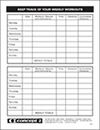Individual Marathon
The goal: To row or ski 42,195 meters in one workout. It is a category in our Online Ranking along with the half-marathon of 21,097 meters. For preparation and training information go to Training for a Marathon.
Each person rowing or skiing a full marathon will be awarded one free marathon pin per ranking year (May 1–April 30; [concept2:country] participants only).
When you've completed your marathon, enter it in your Online Logbook, and then visit the Challenges page to download a certificate and request your pin.
Questions? Email [concept2:marathon-email].
Regulations and Recommendations
We recommend that at least one support person be present throughout the marathon attempt. This person can keep a log of your meters completed at intervals and will serve as your witness. This person is also helpful if you need extra water, and so on.
Drink fluids at least every half hour and rest as often as you need to. We suggest a minimum break of several minutes each hour. Just keep the following in mind:
- Any rest time will be added to your total time.
- PMs are programmed to shut down after a couple of minutes of inactivity during a workout. To prevent your monitor from shutting down mid-marathon, either keep your breaks short, or keep the monitor active by pressing Units or Change Units regularly before you resume the piece.
Set your monitor for a 42,195 meter distance workout. For more information on how to do so, visit Performance Monitor in our Service section.
Good luck!

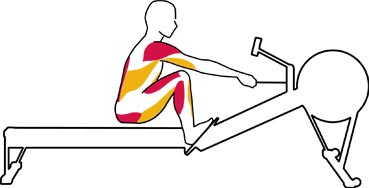
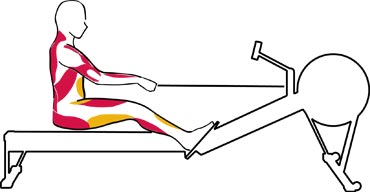
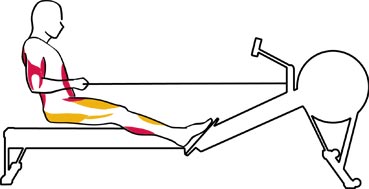
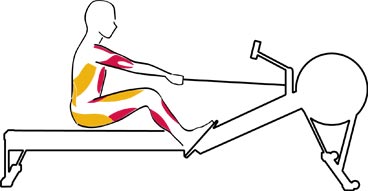
 Rowing is easy to learn. Once you know the basics, you’ll be well on your way to reaching your fitness goals. Use the tips and resources in this section to make the most of your indoor rower.
Rowing is easy to learn. Once you know the basics, you’ll be well on your way to reaching your fitness goals. Use the tips and resources in this section to make the most of your indoor rower.